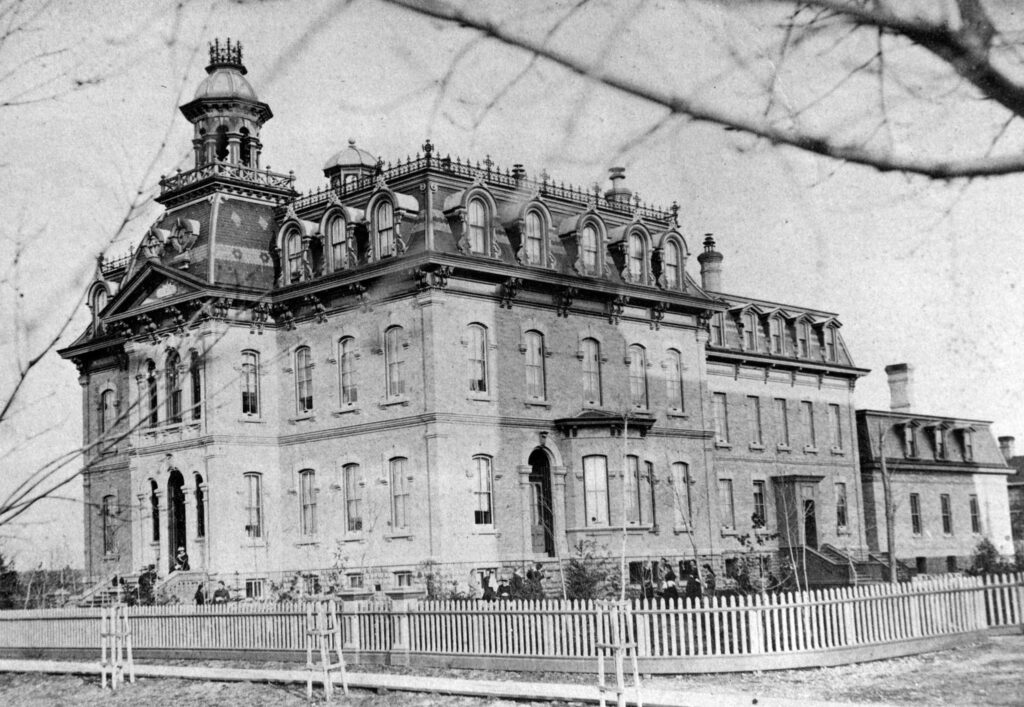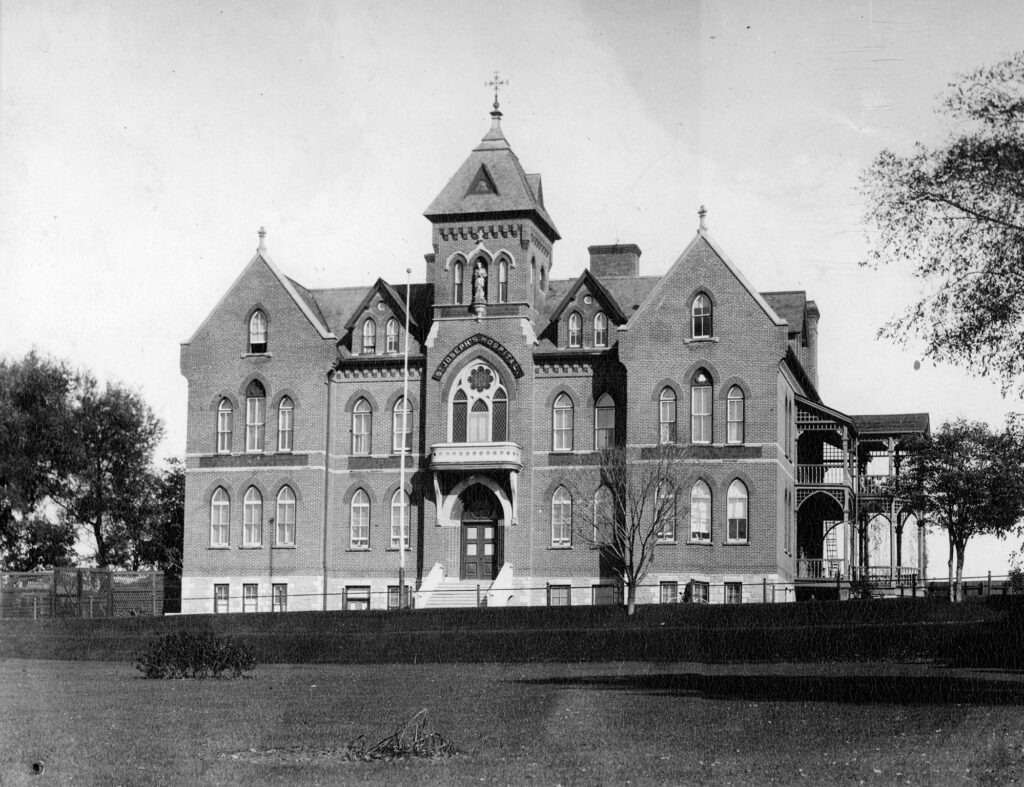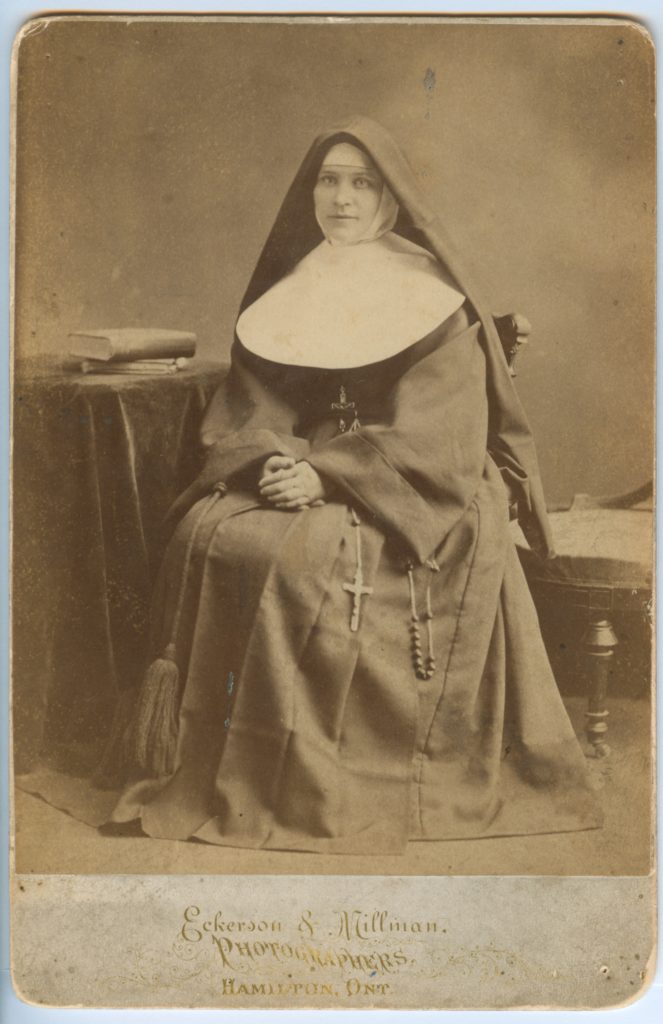By Sandy Bell-Cameron
Joseph lived his life simply and humbly. He was a dreamer, with a deep and abiding faith in God’s visions.
The Associates had their official beginning in 1987 when Chapter approved the movement toward having an Associates program. In 1988, Sr. Doreen Kraemer was appointed by Council to be the Director of Associates. The “Medaille” group of Associates was formed in 1989 in Sarnia, and group members celebrated their Charism Commitment Ceremony (now Charism Connection Ceremony) in 1991. The same year, Sr. Doreen published the first edition of Bridging, the Associate newsletter. The first Associate retreat was in 1992 at St. Joseph’s–on-the-Lake in Kingsville with the theme “Charism.” In 1993 Sr. Janet Zadorsky formed the Associate group in Peru, “Un Milagro de Amor.” In 1995 a liaison was chosen by each group as a leader within the group and to support communication between groups, and with the Congregational Leadership and the community. Also in 1995, the Associate Directors’ Committee of the Canadian Federation expanded its membership to include an Associate from each of the six congregations. In 1999 the Associates sponsored and hosted the Region III Conference “Widening the Circle of Love: New Millennium Challenge.”
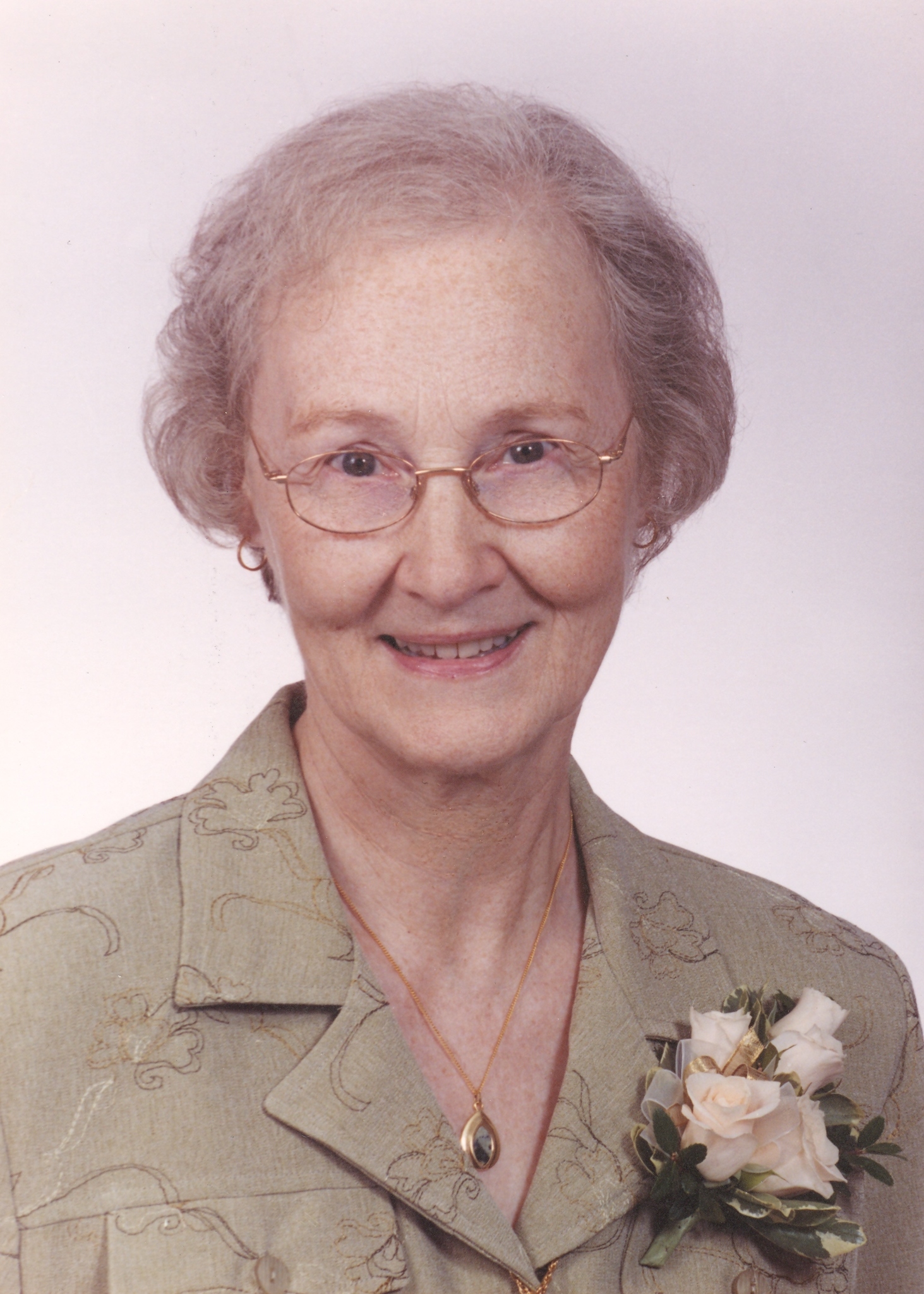
In 2000 an endorsement process was used to select a “Core Team” (now Core Circle) with five members to assist with administering the Associates. A core team writing committee began work on an Associate Handbook. In 2001 the first Annual Associate Business meeting (now known as the Annual General Gathering) took place in Chatham; an annual Associate fee was introduced to support ‘ownership’ of and financial management of the Associates. In 2001 an editorial team for Bridging was formed with their first edition issued in 2002. Early in 2002, an endorsement and discernment process called forward two “Animators” to assist Sr. Doreen forming the first “Animating Team” (now Animating Circle). In 2003 the Associate pendant/pin was designed by an Associate. In 2003 Associates were invited to be collaborators with the Sisters of an emerging dream of a Spiritual Ministries Network and in 2007 the dream became a reality with both Sister and Associate members. In 2005 the animating team and Sr. Doreen worked on ways of sharing responsibilities including procedures for forming new groups. From the beginning until she left her formal Associate ministry in June 2010, Sr. Doreen discerned the vision for the Associates and initiated and nurtured shared leadership.
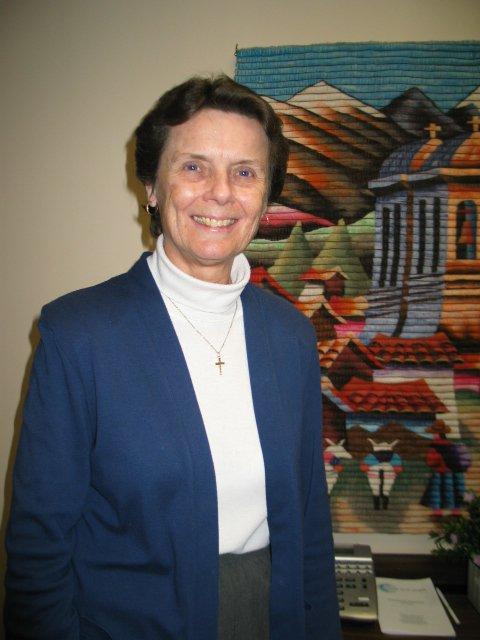
In 2010 Sr. Janet Zadorsky was asked by the Congregational Leadership Circle to be the “CSJ Associate Mentor.” Until completing her ministry as mentor in 2017, Sr. Janet’s role was to guide the Associates towards independence as an Associate-led community. She accomplished this in part by creating templates for leadership retreats, ceremonies, rituals, an Annual General Gathering, and the endorsement process. Sr. Janet and Sr. Nancy Wales along with Associates’ input created a Seekers Program for individuals interested in the Associates, with PowerPoint presentations and resources on CSJ history, spirituality, mission and ministry, charism, maxims and the Associate program. Sr. Janet fully supported the evolution to independent Associate leadership and mentorship.
In May 2017 two Associates accepted together the new role of “Associate Mentors.” This was a time of being midwives for the future with continued positive growth for the Associate community. Following completion of the Associate mentors’ terms, four current and past animator circle and core circle members stepped forward in November 2019, one from each region, and formed an “Associate Leadership Circle” to fulfil the role and responsibilities of the Associate mentor(s). Over time, leadership roles have changed to be more fluid, collaborative and consultative with the leadership circles working closely together and calling on and supporting one another in leadership tasks, events, and retreats. Currently (in 2022), the London and Region Associate Community has 140 Associates in 18 groups within the four regions of Windsor / Chatham / Kingsville / Maidstone (4), Sarnia (4), Simcoe / Woodstock (3), and London / St. Thomas / Grand Bend (5). One group is in Zana Valley, Peru and one is a virtual group. There are eight Sisters who are also Associates either as an active member or praying member. In closing, as an Associate community in the Joseph family, may we continue to pray communally and in our own hearts that like Joseph, we may live our lives simply and humbly, rooted in the charism of Love, listening for and responding to God’s call within our own day.
With gratitude for Sr. Doreen’s Associate History Line and the support of Associates in preparing this “Then and Now” summary.
